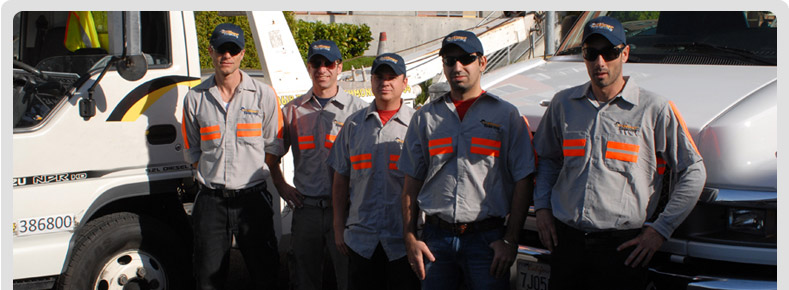How To Know Whether Your Car Tires Need Replacing
When you’re always out on the road in San Antonio, there’s nothing more important than you and your passengers’ safety. Your car tires play a really integral part in this, because unless all of your four wheels are still in good, working condition, you’ll most probably have trouble navigating down the road. There’s nothing worse than breaking down in the middle of the expressway because of a busted tire. Besides, it’s much easier to replace a tire when you’re prepared, preferably when you’re on a visit to the automotive repair shop, than when you have to replace a tire in the middle of an emergency.
Towing Alamo now provides you with some tips on what to check and how to know whether you need tire replacing or not, as taken from wikihow.com:
1.) The tread of your tires is one of the most important things you should consider.
Various tests have been employed to check that the tread of your tires are still deep enough (1.6 mm is the standard) to allow traction when you’re driving down the road. Basically, the function of the tread is to allow water on slick or sleet-covered roads to pass through them so that your tires won’t skid or slip when you’re driving fast. The Lincoln Penny test and the tread depth indicator/gauge are perfect for assessing amount of tread. If you’re confused as to what these things are, feel free to contact Towing Alamo. (210) 263-1107
2.) Check the legal requirements for tread depth. The US standard is 1.6 mm, but this may vary from state to state. The Texas tread depth requirement is also 1.6 mm.
3.) Make sure that your sidewalls are free from any bulges or bubbles.
The existence of these “bulges” or “bubbles” are the usual first signs that your tire’s already worn out—expect that it will most likely burst completely if you continue using it. Check the sidewalls as regularly as the tread depth.
4.) Lastly, have your tires replaced at least every 6 years. Tires are not meant to last as long as your car does






